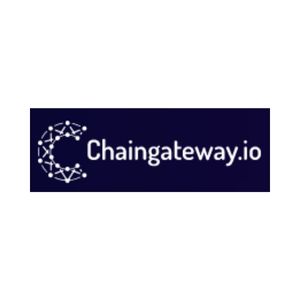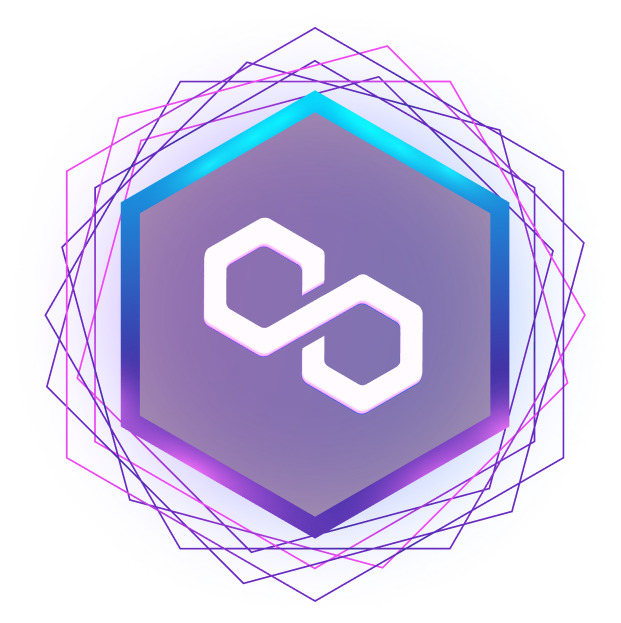What Do You Need to Know about Polygon API?
 Chaingateway
Chaingateway
Polygon API, formerly recognized as MATIC network, is defined as an interchain scalability solution that offers an infrastructure for the construction of blockchain networks that can intrude into each other. It strives to convey the versatility and scalability of alt chains along with Ethereum’s safety, liquidity, and interoperability. Polygon is constantly trying to admit two new roll-ups in its platform. One will be responsible for the distribution of loads of off-chain exchanges together into a solitary trade, while the other is responsible for running on top of the Ethereum network to enhance the pace of transactions.
Ethereum (ETH) is the most efficiently used blockchain in all four corners of the world. This open-source, decentralized blockchain quickly attained pervasiveness after its launch in 2013. It bestows smart contracts as a POS (Proof-of-Stake) framework.
Nevertheless, Ethereum’s fast adoption quickly piles up the cost and ultimately makes exchange charges usually cost more than the transferred sum. This is because Ethereum consists of a significant measure of clients utilizing the network, which strangely overthrows exchange scalability.
In such circumstances, Polygon MATIC enters the scenario to address the issues. The Polygon system encompasses several members, including block creators, developers, clients, and investors. The clients of Polygon use the MATIC Sidechain to implement and collaborate with diversified Ethereum-based decentralized apps. Keep in mind that MATIC is a lot less expensive and faster than other networks.
The utilization of the Polygon SDK stack and network allows developers to assemble their own sidechains or scale their apps to equip their clients with an impeccable client experience.
Similar to PoW miners on Ethereum, the stakeholders on Polygon can also operate smoothly. To support and authorize exchanges on the MATIC Sidechain, it is compulsory for shareholders to lock the MATIC tokens. Also, they can select qualified block creators by employing their locked tokens as their voting power to control the process of block creation on the sidechain. Then, professional block creators build the blocks and settle all exchanges on the network. Stakeholders need to lock a pivotal amount of MATIC tokens to select block creators.
What is a Polygon Token (MATIC)?
Polygon (MATIC) is a decentralized scaling solution that utilizes parallel blockchains or sidechains to streamline faster and cheaper transactions. This feature authorizes developers to construct scalable and secure dApps. Some of its fundamental features are cited below:
Better throughput: Polygon API holds the ability to reach up to 7,000 TPS (transactions per second) and build various side chains for horizontal scaling.
Availability: Crypto transactions are lucrative, rapid, and secure on Polygon side chains. Every transaction will be chronicled on the mainchain, and Ethereum is usually employed as a Layer 1 base chain.
Security: The polygon chains’ users or operators are also the stakers in its proof-of-stake (PoS) consensus system.
Public side chains: Contrary to other individual chains, Polygon side chains are permission-less and unrestricted to the public.
Polygon API blockchain can render a lot of benefits that turn it into an attractive option for developers. It also renders an enhanced level of security and a supportive community.
Subscribe to my newsletter
Read articles from Chaingateway directly inside your inbox. Subscribe to the newsletter, and don't miss out.
Written by
